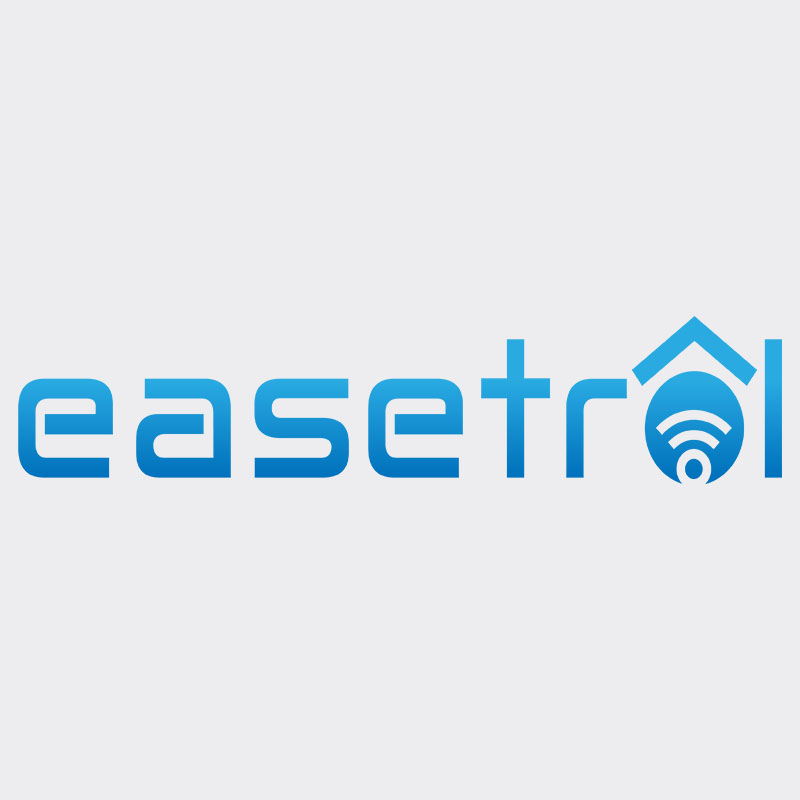An RF remote control switch utilizes Radio Frequency (RF) waves to send commands that control switches from a distance. This technology allows for wireless operation, which is often favored due to its convenience and flexibility. Let’s delve into the technology behind an RF remote control switch:
1. Components of an RF Remote Control Switch:
Transmitter: This is typically a handheld device or a module that sends out commands. It consists of an encoding circuit and an RF transmitter circuit.
Receiver: Installed within the device or system being controlled, this receives the RF signals, decodes them, and then carries out the desired action. It consists of an RF receiver circuit and a decoding circuit.
2. Operating Principle:
Signal Encoding: When a button on the remote is pressed, the encoder creates a specific binary code. This code represents the intended action, such as “ON” or “OFF”.
Transmission: The RF transmitter modulates this binary code onto a carrier wave of a specific frequency (often 315MHz, 433MHz, or others) and broadcasts it as radio waves.
Reception: The receiver, tuned to the transmitter’s frequency, captures the transmitted RF waves.
Decoding and Action: The decoder interprets the received binary code and translates it into the corresponding action, such as switching a device ON or OFF.
3. Key Features and Advantages:
No Line-of-Sight Required: Unlike IR (infrared) remotes, RF remotes don’t require a direct line of sight to the receiver. This means they can work through walls or other obstructions.
Longer Range: RF remote control switches can function over longer distances, sometimes up to a few hundred meters, depending on the power and design.
Multiple Channels: Advanced RF switches can support multiple channels, allowing a single remote to control various devices independently.
4. Security and Interference:
Encoding and Decoding: To avoid unintentional triggering of devices, RF remotes use specific encoding and decoding techniques. Only a receiver with the correct decoding mechanism will respond to a transmitter’s signal.
Rolling Codes: For applications where security is a concern, like garage door openers, rolling codes are used. The transmitter and receiver share an algorithm that changes the code every time the remote is used, making it difficult for unauthorized users to duplicate the signal.
Interference: Since many devices use RF technology, there’s potential for interference. To minimize this, RF remote switches often operate on less crowded frequencies or employ techniques like Frequency Hopping Spread Spectrum (FHSS).
5. Applications:
While the basic application is switching devices ON or OFF, the versatility of RF remote control switches means they’re used in various settings, from home automation (like controlling lights or appliances) to industrial applications (like machinery operation).
6. Power Source:
RF remote controls typically run on batteries. Since the transmission of RF signals requires energy, the lifespan of these batteries depends on usage frequency and the power required for transmission.
RF remote control switches have made it remarkably easy and efficient to control devices wirelessly. Their ability to function without line-of-sight, coupled with the potential for longer range, ensures they remain popular in a plethora of applications. As technology advances, we can expect these switches to become even more efficient, secure, and versatile.



